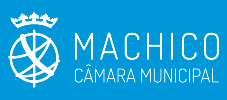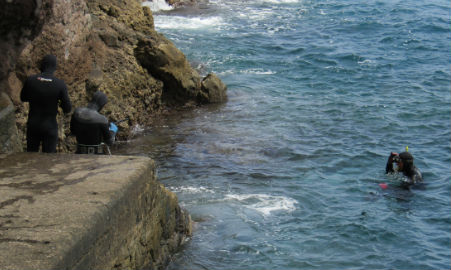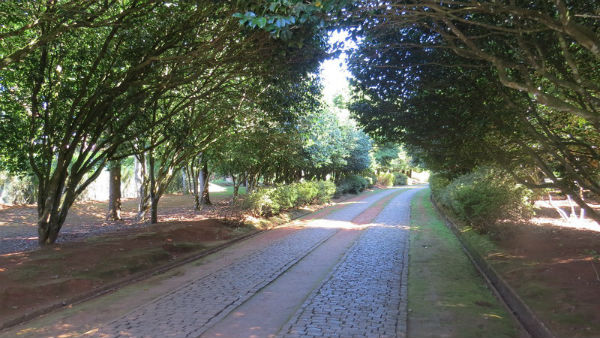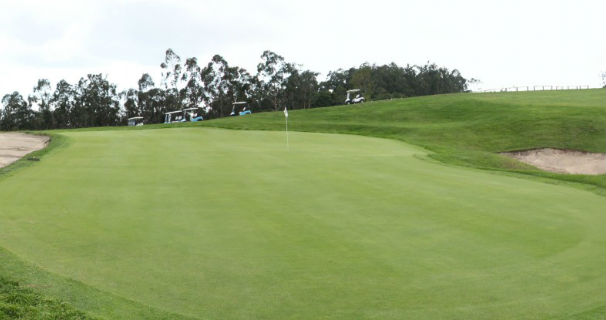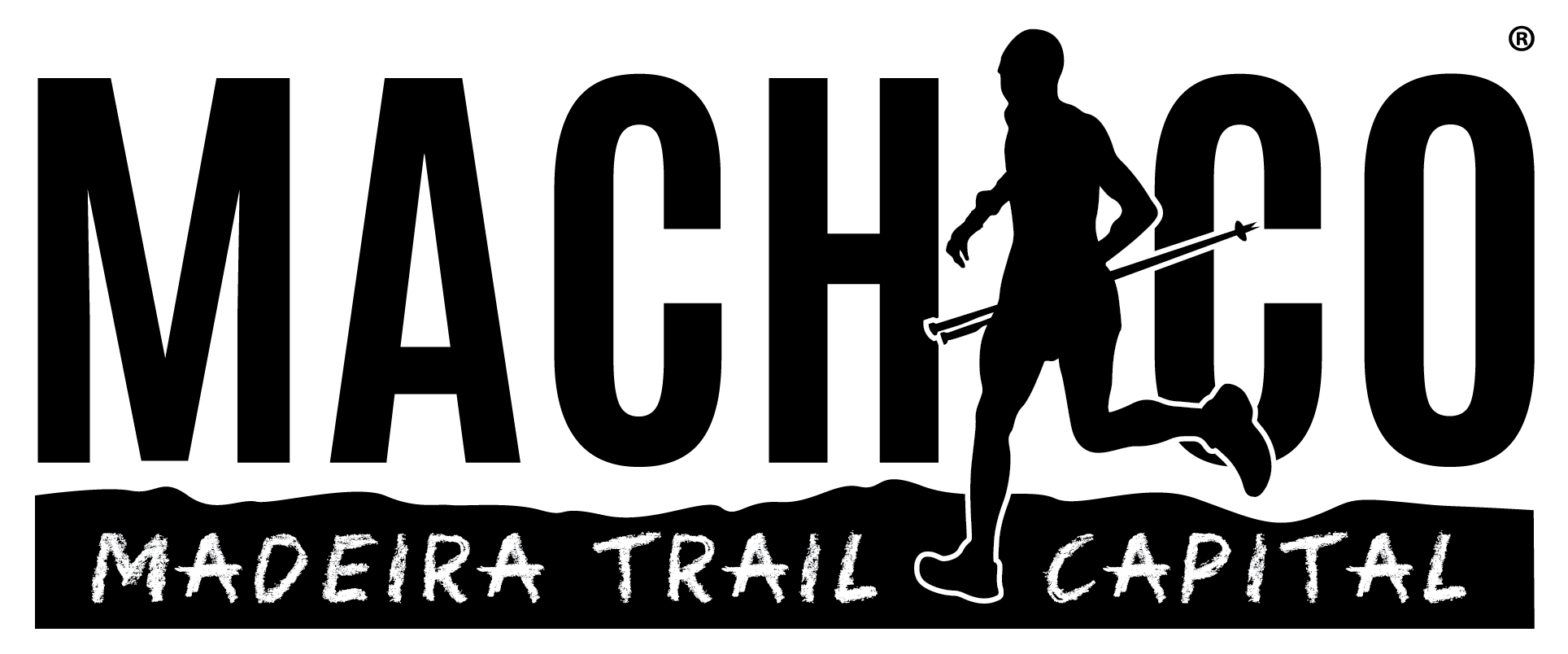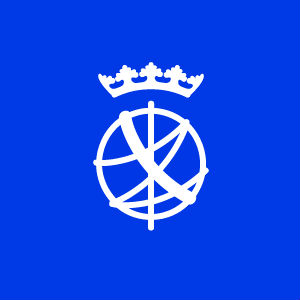
In July of 1419, João Gonçalves Zarco and Tristão "das Ilhas" arrived at the beautiful beach of Machico marking the beginning of the glorious age of discovery.
The first mass celebrated occurred the day after the discovery, on the Feast of the Visitation of the Blessed Virgin Mary. This mass, celebrated by Franciscan priests was a way of thanking God for the great discovery.
The exact origin of the name Machico is subject to much debate and there are several theories about its origin. However, the most popular is the romantic tale of Robert Machim and Ana d'Arfet, doomed lovers shipwrecked in Machico.
On the 8th of May 1440, Infante D. Henrique donated the Captaincy of Machico to Tristão Vaz and his descendants. The Captaincy occupied the area between Ponta da Oliveira in Caniço and Ponta de São Lourenço, and from there Ponta do Tristão in Porto Moniz.
The abundance of water and excellent climate were quickly noted by the settlers and production of sugar cane began throughout the captaincy. The first sugar mills appeared in the 15th century, transforming sugar cane into loaves that were exported to continental Europe.
Although the captaincy of Machico did not have the best lands for growing sugar cane, in 1494 it supplied a fifth of the total production. According to the canon of Igreja da Sé, Jeronimo Dias Leite, Machico was the testing ground for the sugar industry. "(...) the first sugar sold on the Island was in the village of Machico where it was first cultivated. Thirteen arrobas were harvested, of which each arroba was sold at five cruzados (...)".
Machico grew financially thanks to the lucrative trade. Some families became very influential, such as the Tristão Vaz family who founded the parish church dedicated to Nossa Senhora da Conceição in the late 15th century.
Thus, Machico became the first captaincy seat of the archipelago.

Machico officially became a village during the second half of the 15th century, growing around the central watercourse. Two main areas comprised the village during the 16th century, public buildings such as the local government, Customs Office and Church were located on the west side of the stream, whereas the habitational quarter of Banda d'Além was situated on the eastern side where today stands Capela do Senhor dos Milagres.
For over five centuries Machico has grown from the struggles fought by the locals against the relentless nature and isolation.

The Art of Hospitality
Tradition, heritage, nature, geology, diversity, adventure and business are but a few words that describe the touristic offer in Machico, as part of the naturally and culturally diverse Pearl of the Atlantic.
East Coast
Living History and Traditions
The Municipality of Machico is the personification of Madeira’s cultural heritage, which is passionately supported by the local population, who are proud of their roots and the traditions passed down by their ancestors.

Mercado Quinhentista
The biggest ethnographic and medieval festival in Madeira takes place in Machico, in Baía dos Descobrimentos (Bay of discoveries). 500-year-old traditions, recreated for our time…
Religious traditions
Machico is a land where faith and religious beliefs combine to form unique celebrations year after year.
Discover and take part in our living traditions.
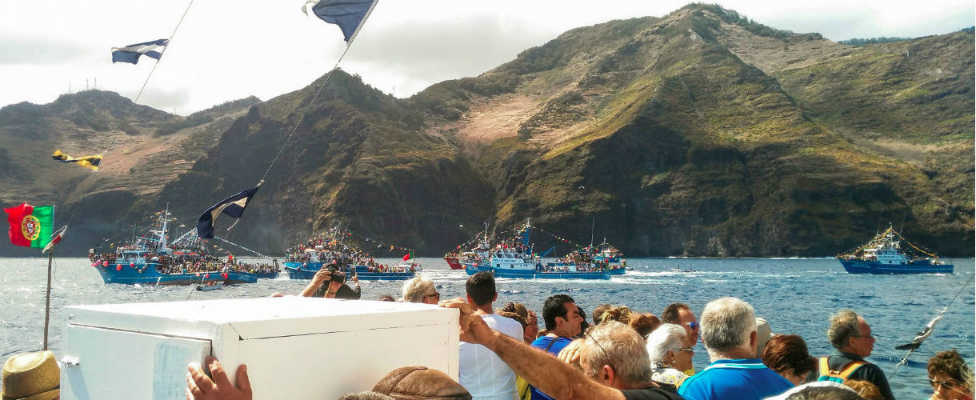

Whale museum
Whale hunting marked an important moment in the Island’s socioeconomic growth during the 1940’s, Machico in particular.
The Whale Museum allows you to travel back to that time.
Fishing
The connection to the sea enabled the development of the fascinating art of tuna fishing.
Today, Caniçal is one of the best seafood references on the Island as well as the base for the largest ship-owners and where most of the fish distribution takes place.
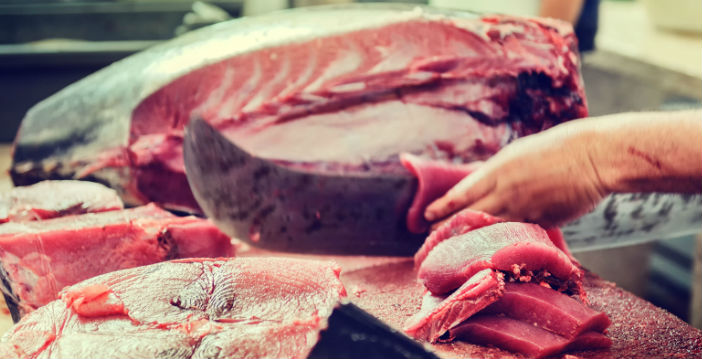
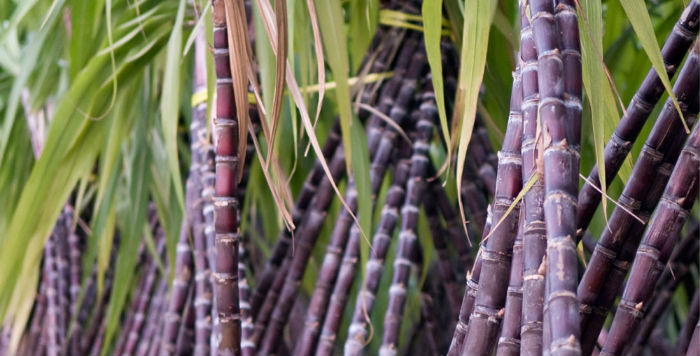
Sugar Cane
Known as “white gold”, sugar cane was once the main source of income on the Island, attracting investments from all over Europe.
Today, it is used to make two regional beverages: Madeiran Rum and Poncha. Discover the Porto da Cruz sugar mill and learn about the history of the Madeiran Sugar cane industry.
Religious traditions
Machico is a land where faith and religious beliefs combine to form unique celebrations year after year.
Discover and take part in our living traditions.

Mercado Quinhentista (15th century fair)
The biggest ethnographic and medieval festival in Madeira takes place in Machico, in Baía dos Descobrimentos (Bay of discoveries).
500-year-old traditions, recreated for our time…

Whale museum
Whale hunting marked an important moment in the Island’s socioeconomic growth during the 1940’s, Machico in particular.
The Whale Museum allows you to travel back to that time.

Fishing
The east coasts natural connection to the sea enabled the fascinating art of tuna and black scabbard fishing.
Today, Caniçal is one of the best seafood references on the Island as well as the base for the largest ship-owners and where most of the fish distribution takes place.

Sugar Cane
Known as “white gold”, sugar cane was once the main source of income on the Island, attracting investments from all over Europe.
Today, it is used to make two regional beverages: Madeiran Rum and Poncha. Discover the Porto da Cruz sugar mill and learn about the history of the Madeiran Sugar cane industry.

East Coast
Points of Interest
Discover and visit some of the East Coast's points of interest.





